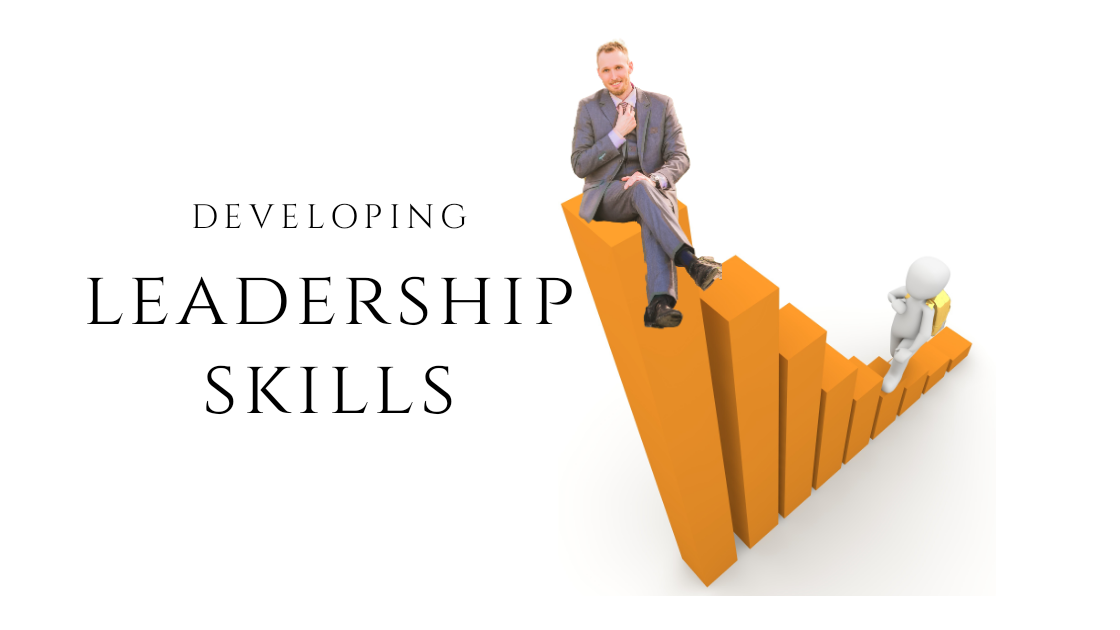.
The first area that we look at is that of Personal Attributes. This is a blend of knowledge, expertise, and competencies, encapsulated in the approach, the behaviour, of the leader. In organisations of all sizes and in all sectors, public and private, these characteristics are key to effective leadership. The essential personal attributes are as follows.
Behaving Ethically, by: learning about the ethical issues and concerns that impact on your business sector; adopting a balanced, open-minded approach to the ethical concerns of others; considering the ethical issues and implications of all personal actions and organisational activity; raising and discussing ethical issues before proposing or agreeing to decisions; resisting pressures from the organisation or its partners to achieve objectives by unethical means.
Thinking Strategically, by: learning and understanding how the different functions, physical divisions, and layers, of the organisation should work together: understanding the complexities of, and the changes happening in, the external environment, and considering how the organisation can best respond the these; understanding the strengths and weaknesses of the organisation, and the opportunities and threats facing it; understanding how the strategic objectives are influenced by all the current and forecast influences that will impact on the organisation; understanding that the operational objectives and targets must be in line with and support the strategic objectives of the organisation; being aware of and responding to the behaviour of current and potential competitors.
Supporting Corporate Goals, by: helping to create and communicate a vision which can be understood and supported by people at all levels; helping others to understand and contribute to the strategic goals; giving visible personal support to the strategic direction and specific goals set by the organisation.
Communicating Effectively, by: being responsive to messages and signals from the internal and external environments; making effective use of communication channels from and to all levels within the organisation; pro-actively encourage the exchange of information within the organisation, and amongst suppliers, customers and partners; listening to others, including those with opposing views, carefully and thoughtfully; selecting personal communication styles that are appropriate to the different situations and audiences.
Gathering Information, by: establishing multiple channels and networks which generate a constant flow of information, from within and outside the organisation; regularly and consistently gathering, analysing, challenging, and using the information gathered.
Making Decisions, by: establishing a consistent approach to the analysis of information; drawing on personal experience and knowledge to identify current and potential problems; consider a range of solutions before selecting the final one; ensuring that the selected decision is feasible, achievable, and affordable; considering the impact of the decision on all stakeholders, at all levels, before approving implementation.
Developing Effective Teams, by: appreciating the contribution of others, at all levels in the organisation; ensuring that individuals and teams are kept informed of plans, developments and issues that will affect them; ensuring that individual and team development schemes are given appropriate priority; providing personal support for the implementation and maintenance of development activities for individuals and teams at all levels.
Behaving Assertively, by: understanding and responding to personal roles and responsibilities; adopting a leading role in initiating action and decision making; taking personal responsibility for decisions and actions; being properly prepared for involvement in activities and events; being confident and professional in dealing with change and challenges; refusing unreasonable demands; defending and protecting individuals and teams from unfair or discriminatory actions; remaining professional in manner at all times.
Concentrating On Results, by: contributing to the establishment of an organisational culture that demands high standards and high levels of performance; focusing on objectives and planned outcomes, at all times; dealing with issues and problems when they arise; planning and scheduling personal work and the work of others in ways which make best use of available resources; delegating appropriately; giving personal attention to the critical issues and events.
Managing Yourself, by: reflecting regularly on personal performance and progress; pro-actively asking for feedback on personal performance; changing personal behaviour in the light of feedback received; being responsible for your own personal development needs.
Presenting a Positive Image, by: adopting a leading role in initiating action and decision making; behaving in a professional manner at all times; being open-minded and responsive to the needs of others; visibly working towards personal and career development goals; adopting an ethical approach to all personal and organisational activity; being supportive to colleagues; demonstrating fairness and integrity at all times.
In Summary: these essential attributes are many, and difficult to maintain consistently, but they are the attributes needed by, and expected of, our business leaders. The size of the organisation, the business sector, whether public or private, is of no consequence. The leaders of all organisations should be role models for others, be visible champions of high standards of professional and ethical behaviour, be leaders who others in their organisations can be proud of, and be leaders that competitors are envious of. Not many of these characteristics are imbued in our leaders by default. They have to be learned, can be learned, and should then be continuously developed and enhanced. With these personal attributes in place, and being demonstrated in behaviour and actions, business leaders will be more effective and more successful.

Tim has background as is business psychologist and work sociologist with expertise in building organisations and teams to solve problems for the future. Tim has expertise in technology and the symbiosis between human interaction and technology in operational processes.

